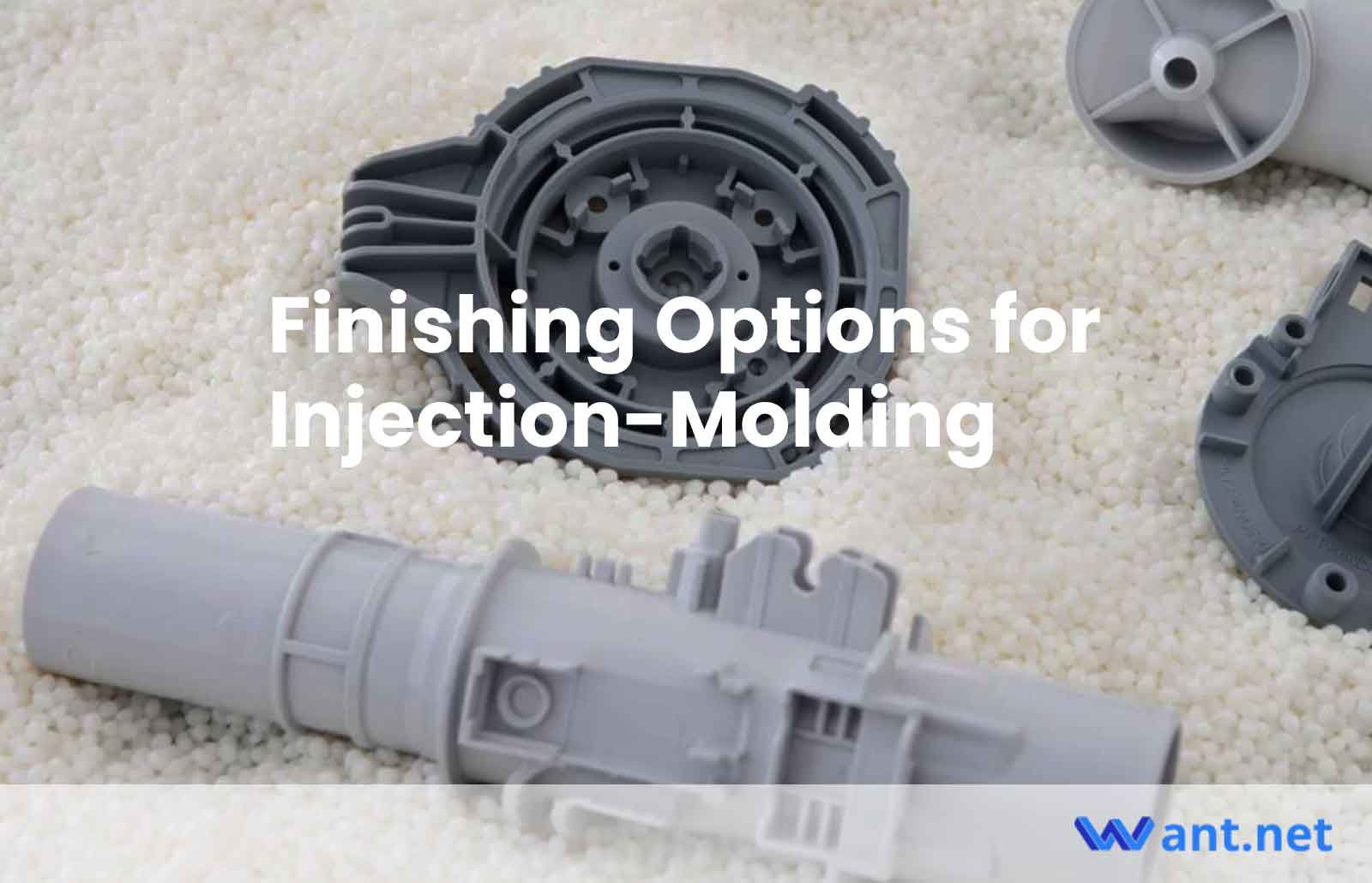Factors that impact the injection molding surface finish
The best way to control the texture of plastic parts is to treat them with a specific finishing process. There are steps you can take to modify the surface finish of parts even before they begin molding.
Tooling
Injection molded parts are finished by the mold. There are many metals that can be used to make the mold. However, aluminum and tool steels remain the most popular options. These metals have very different effects on the molded plastic parts.
The best surface finishes are achieved with molds made of hardened tool steel. A steel mold might be the best choice if parts have an aesthetic purpose and require a low degree of surface roughness.
Material selection
Different injection molding materials may not be able to achieve the same surface finish. Some plastics can be given smoother finishes while others are easier to give a more texture finish.
Certain material additives, such as filler or colors, can affect the surface finish on a molded piece.
This table shows how certain injection molding materials can be used for specific surface finishes.
| Grade | Effective Finish | Suitable Materials |
| A | Glossy | Acrylic, PC |
| B | Semi-glossy | ABS, HDPE, Nylon, PP, Polysyrene |
| C | Matte | ABS, HDPE, Nylon, PP, Polysyrene |
| D | Very rough | ABS, HDPE, Nylon, PP, Polysyren, TPU |
For more information about our material you can check out this page.
Variables in the process
The surface finish of injection-molded parts can be affected by temperature and injection speed. A high melting temperature and fast injection speed can produce glossier surfaces.
Finishing options for injection molding surfaces
The surface finishing techniques for injection molding can be used either to increase or decrease the part’s roughness. For toys and other aesthetic parts, glossier finishes are preferred. However, rougher parts can be used to reduce costs or for specific mechanical parts.
You can also leave parts as-machined for parts made with very hard steel tools.
Glossy (A).
Min. roughness: 0.012 μm
A specialist finishing process, such as diamond buff polishing, can make injection-molded parts shiner. This involves applying loose abrasive material to a wheel to polish the part. It is done with minimal aggression and gives it the glossiest finish.
Note: Some materials are not able to achieve a glossy finish. Acrylic and PC plastics can be polished to a very smooth surface, but it is almost impossible to achieve this effect on TPU which is highly resistant to abrasion.
Semi-glossy (B)
Min. roughness: 0.05 μm
A B-grade finish can also be applied with grit sandpaper to parts that need some glossiness. This process can be used with a wider variety of injection molding plastics, and produces beautiful parts that are suitable for use in consumer products.
Matte (C)
Min. roughness: 0.35 μm
It is possible to remove any machining marks from molded pieces using grit sanding stone without applying a glossy finish. This is a good option for parts with minimal aesthetic value that require a uniform surface finish without any visible marks or divots.
Stone polishing can be used on most injection molding plastics.
Very rough (D).
Min. roughness: 0.80 μm
Sandblasting is a process that can create a rough finish on parts that have to be very rough or textured — for example, to improve friction for mechanical purposes.
Other Articles You Might Enjoy
- Best Wall Thickness for Injection Molding
Injection molding has been the dominant method of consumer manufacturing since the 1950s. It is responsible for everything, from action figures to denture boxes. Injection molding is versatile, but there…
- The Basics of Injection Molding: Procedure, Pros, and Applications
Introduction to Injection Molding Injection molding is a predominant manufacturing process used to create plastic parts by injecting molten material into a specific mold shape. This technique allows for the…
- Micro Injection Molding: Principle, Benefits, and Applications
Introduction to Micro Injection Molding Micro injection molding is a high-precision manufacturing process used in producing miniature and intricate plastic parts. This procedure, employing specialised machines with high-pressure moulding capabilities…






